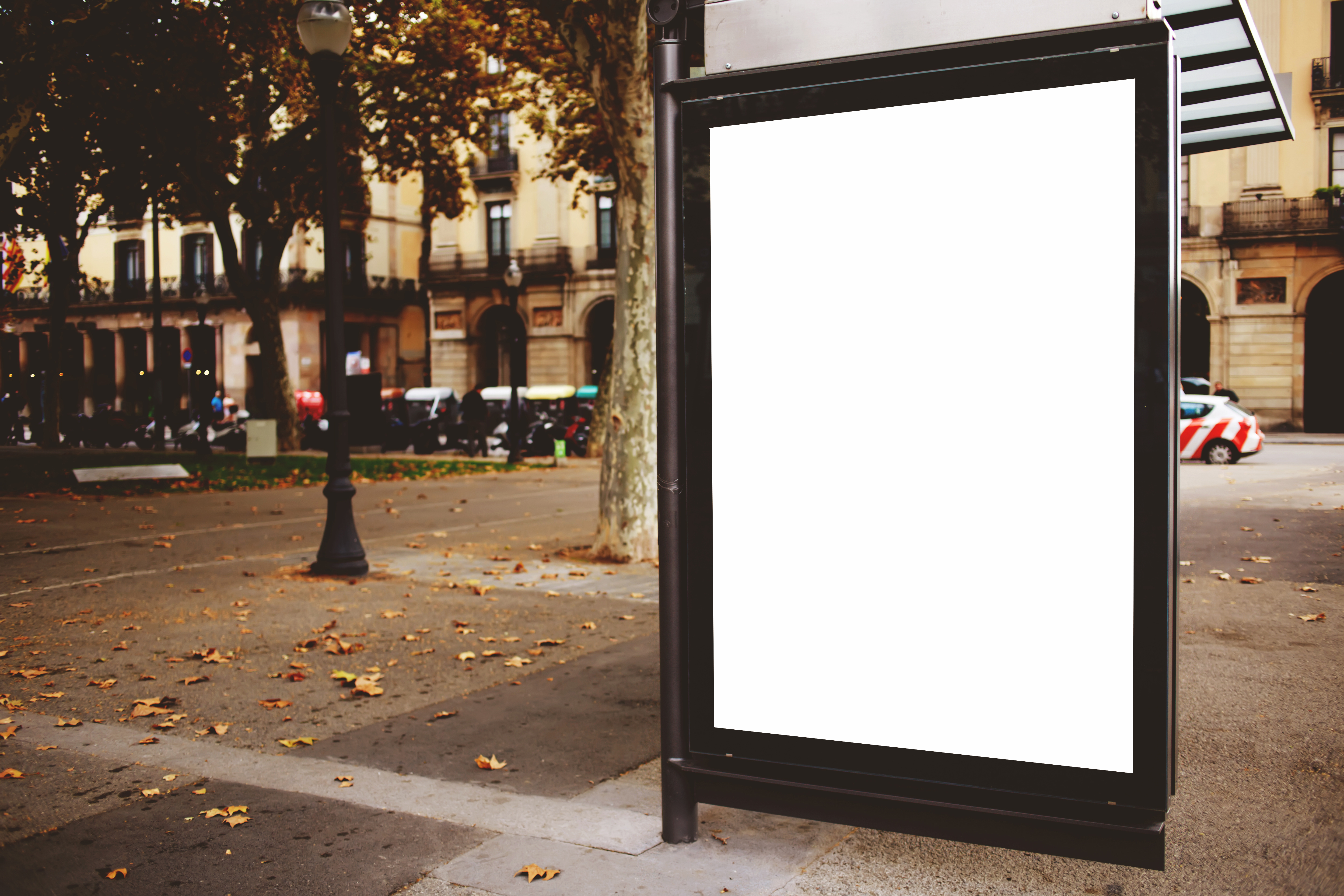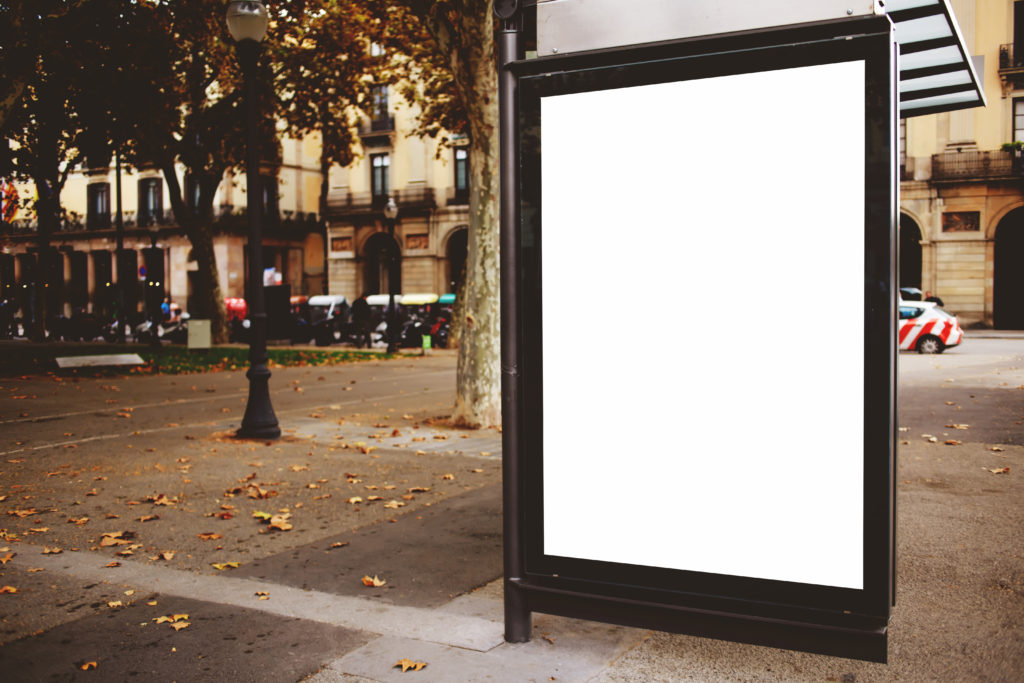In our referendum world, businesses are facing an increased level of pressure to boost their sales and keep their heads above water.
While businesses employ a number of different tricks and techniques to try and increase their sales figures, one new-age tech solution has been taking the world by storm: digital signage.
Digital signage has the potential to boost profits by unimaginable margins, in some cases increasing revenue by 800%. In a world of uncertainty, this isn’t an opportunity businesses can afford to ignore.
But how does digital signage boost sales so dramatically? In this blog, we’ll discuss the benefits of using digital signage for your business and show how employing this advertising method can translate to real sales.
1. Digital Signage Helps Draw Attention
Digital signage has an edge over its static competition. It is brighter and animated, making it far more noticeable. In some circumstances, digital signage has been found to be 400% more effective at drawing attention than a traditional piece of printed signage.
On a simple level, people are attracted by lights and movement. A brightly illuminated sign or one that offers an animated element is going to be far more appealing to a viewer than something static. It is simply more interesting.
On a deeper, psychological level, people are more likely to be drawn to bright, contrasting colours. While a static sign can employ this type of colour pallet, digital signage utilises vibrant backlights to make colours ‘pop’ in a way print signage can’t, immediately having a greater impact on our human sensibilities to look at contrast.
Taking advantage of both human interest and psychology through digital signage guarantees a greater level of attention being paid to your advertising. The more eyes on the prize, the higher your level of influence over potential customers.
2. It Also Increases Product Awareness
Digital signage offers versatility in information sharing — versatility not afforded to static displays.
On traditional print signage, you must convey your message in a finite space, on one frame of design. This means fitting branding, product information, pricing, a sales spiel and more all into one space.
Digital signage offers a more diverse approach.
Imagine you are advertising a burger. On a static page, you’d have to display the food, ingredients, the price, the health information and then try and sell it to customers. On digital signage, however, you can include a number of frames and sequences. You can tantalise your customers by showing a real, animated representation of the food. You could show the burger being cooked, have customers watch as it is put together and combined with mouthwatering ingredients. Then, once you’ve got them hooked, include sales talk, price and more.
Not only do you decrease occurrences of information overload, but you also give your advertising a new dynamic, bringing your product to life.
The employment of digital signage at a burger chain restaurant in London last year resulted in a 50% rise in sales. Digital signage is not just beneficial to food outlets, though, and has similar applications across all sectors, including retail — especially in the fashion, tech and tourism industries.
3. Touchscreen Interactivity Takes Digital Signage to Another Level
Digital signage helps draw the eye and convey a wealth of information, but it can also do something else static signage can’t. Certain types of digital signage allow for touchscreen interactivity from consumers, opening up a previously untapped resource of customer engagement.
Let’s say a customer is in your shop and they spot digital signage for a dress they like. If the ad was static and non-interactive, they’d have to look for the dress in your store — they might not know where or how to find it, or they may be in a rush — increasing chances of a lost sale. However, interactivity means that they are able to engage with your advertising. You can offer them more details on the product they’ve spotted, allow them to compare it to other, similar products — potentially leading them to other purchases — and provide information on how to buy what they see.
Interactivity not only increases customer knowledge, boosting the potential for purchasing, but it also offers a unique shopping platform that is likely to draw them back into your store.
Combining the simple shopping element of an online store with the benefits of a brick and mortar shop, where customers can gain immediate access to products, is a powerful sales tool not to be underestimated.


